Mobilization
Articular mobilization is one of the most commonly used techniques of hand therapy in the treatment of articular stiffness.
DEFINITION OF ARTICLE MOBILITY
Articulatory mobilization is similar to manipulation as both involve the passive movement of a joint, but the mobilization is under the control of the patient and should be stopped in any negative contraction of the patient. On the contrary, it is handled at such a speed that the patient is unable to stop the movement.
So in the Mobilization of the joints, passive motion is used and it is aimed at reducing pain and regaining range of motion. Therefore, knowledge of the articular mechanism, normal orbital movement and applied movement is required
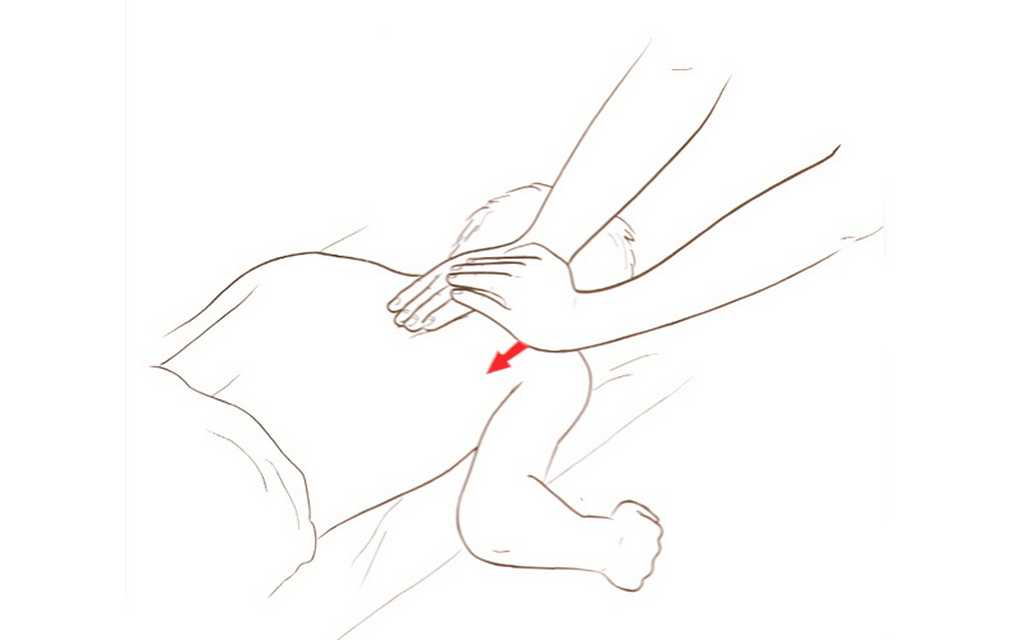
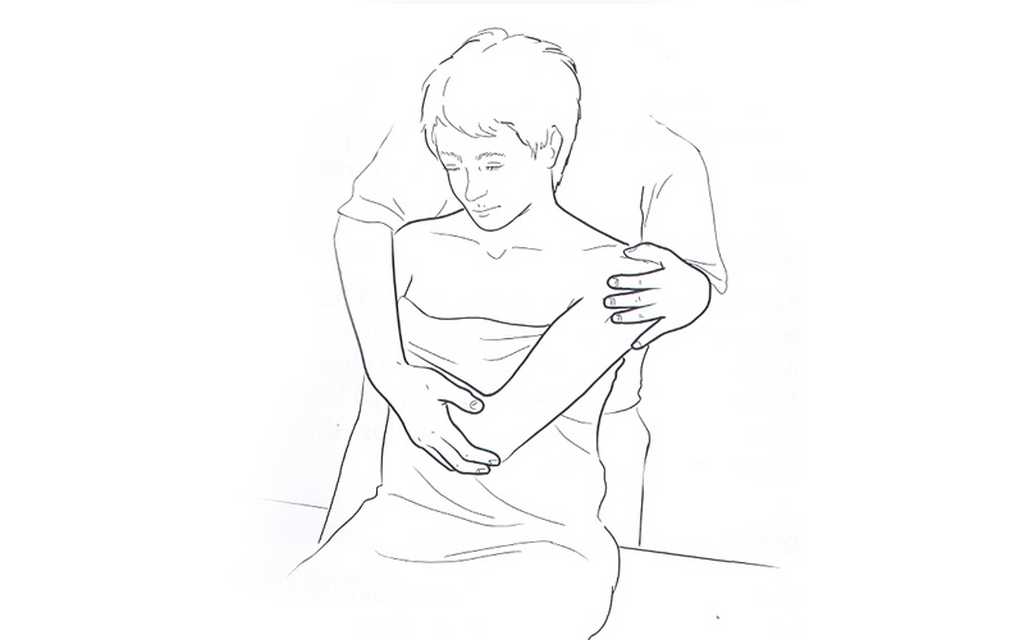

TRIGGER POINTS
THERAPY THROUGH TRIGGER POINTS
- Ice - Stretching: The patient is placed in the appropriate stretching position of the member and the application of ice-cream is performed at a constant speed of approximately 10 cm / sec
- Ischemic Compression: Another trigger point myo-peritoneal release technique is ischemic pressure. In this technique, the pressure is applied slowly and gradually above the trigger point until we realize the solution of the muscle contraction and tension of that point.
- Stripping Massage: This technique relates to deep pressure massage using the last finger phalanx. The pressure gradually increases with each successive passage along the muscle. As the results of the technique become apparent, the tense zone relaxes, the trigger point softens, and the area ceases to be sensitive and pain is no longer reported.
Proprietary neuromuscular facilitation and other techniques
PNF techniques, contraction - relaxation, are effective means of relaxing myofascial trigger points.
MYOFASCIAL RELEASE TECHNIQUE FOR DETERMINATION OF MUSCLE PATIENCE
Myofascial release is a therapeutic technique similar to massage and both involve hand contact with the patient, and use touch sensing to evaluate the problem and the efficacy of treatment.
There are many different Myofascial release techniques, but all are essentially variants based on the same principle:
- We use hand contact to evaluate and restore mobility and muscle - tissue pain in order to relieve symptoms and improve movement and function.
There are different names for these techniques:
- The myofascial release
- Myofascial dilatation
- Stress - relaxation
- Rolfing
- Mobilization of muscle tissue
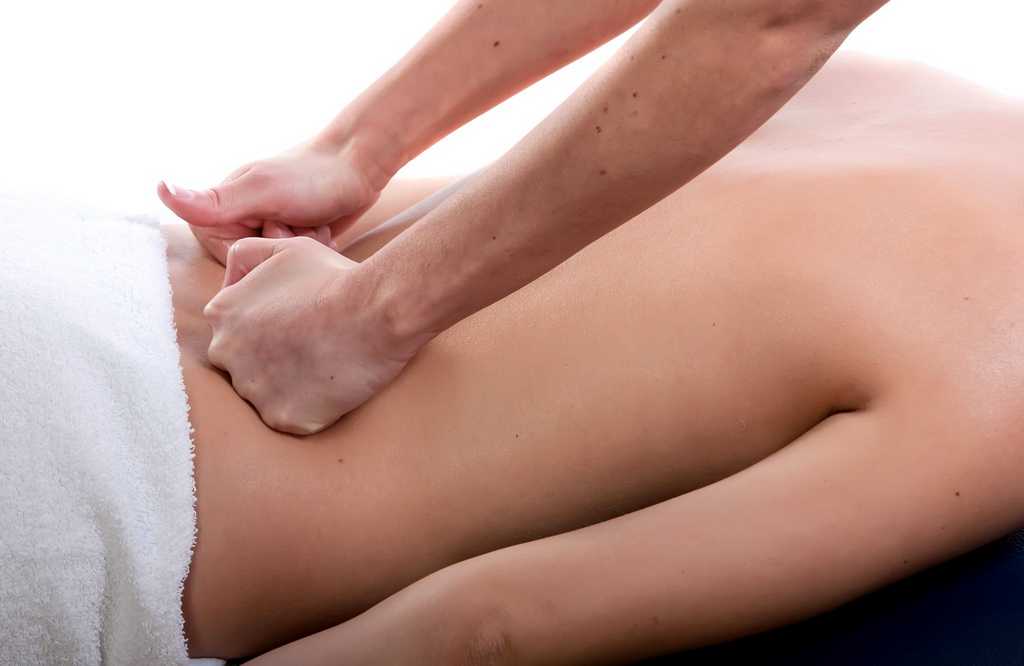
TERMINOLOGY
The term myofascial release is common and is often used in the techniques used, but it can actually be a literal one. Myofascial release implies the processing done in the area of the muscle fascia. Although myofascia can certainly be the target of treatment, it is not always the target nor the only tissue to be treated. For example, after a hematoma or immobilization the treatment is not only about the muscle fascia but the subcutaneous tissue and the skin fascia which are directly affected.
PALPATION
Palpation is fundamental to myofascial release. Not only is it required for site evaluation, but continuous palpation is performed during treatment.
SURFACE TO DEEP STRUCTURES
When evaluating and treating myofascial release techniques, we must move from the superficial structures to the deeper structures to avoid a mistake in identifying the structure or tissues presenting the problem.
RESULTS FROM AUTONOMOUS BODY
Changes in neuro-reflexes can sometimes result from the use of myofascial techniques.

